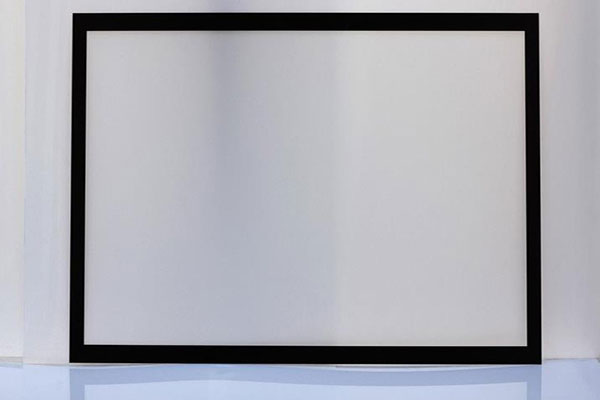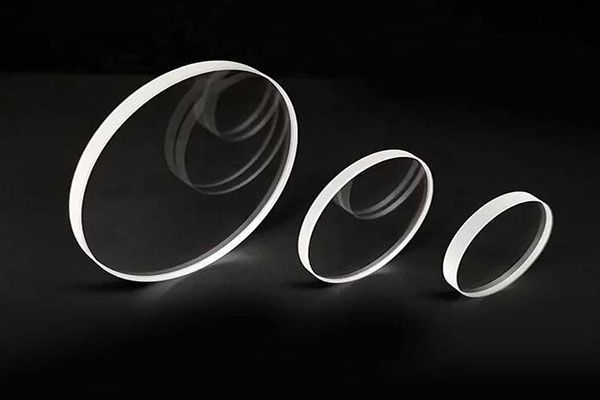A detailed explanation of one-way reflection-reducing glass installation [private] steps and performance characteristics! One-way reduced reflection glass is a special glass with high reflectivity of visible light. When using one-way reflective glass, the reflective surface must be the front or the outside of the room. When the outdoors is brighter than the indoors, the One-way Reduced Reflection Glass acts like a normal mirror, where the outdoors cannot see the indoor view, but the indoors are visible. When the exterior is darker than the interior, the interior can be seen from the exterior and the exterior can also be seen from the interior, depending on the intensity of the exterior lighting. Reflection-reducing glass can be mainly applied to shaded viewing windows, holes, and so on. The universal technology is applied in the city public security bureau, guardhouse, prison, court, karaoke, office, school teaching observation activities classroom, physical psychiatric hospital, nuclear power plant, military information ** responsibility department, and other places.
A: the correct handling device for one-way reflection glass, must comply with the implementation of the following six steps!
1, one-way reflection-reducing glass is divided into front and back, the front is a glass mirror. The mirror should point toward the monitoring room (e.g. where the meritorious suspect is located).
2, the light ratio between the monitoring room and the monitoring room is controlled at 1:10, the stronger the light in the monitoring room, the more obvious the one-way effect of the glass. If there is a window in the monitoring room, the curtains should be pulled up to cover the room, i.e. the monitoring room should be free from natural light as much as possible.
3, reflection-reducing glass in the monitoring room on the standard no light source. If the monitoring room is to arrange to light, lighting should be installed in the upper corner of the glass as far as possible, to prevent the indoor monitor images directly mapped onto the glass surface.
4, to strengthen the overall reflective effect of the glass mirror, it is recommended to shoot the average device above the glass mirror in the monitoring room, shooting a 45 ° angle into the middle of the glass mirror, to strengthen the overall reflectivity of the mirror to improve the one-way effect.
5, the actual partition between the monitored person and the one-way reflection-reducing glass should be ≥ 0.5-1 meters or more.
6, one-way reflective glass production end of the device, be sure to pay attention to the maintenance of the Chinese glass mirror, The clean glass mirror initiative can be used to remove the appearance of some duster, but should not be used through the use of a variety of sharp, rough items to wipe the glass mirror!
Second: the performance characteristics of one-way reflection glass!
1, the invention of a visible light transmittance peak of 99%, the average visible light transmittance of more than 97%, greatly improving the original brightness of LCD and PDP, reducing energy consumption.
2, the average reflectivity is less than 1.5%, the lowest value is less than 0.5%
3、Enjoy a clearer image by effectively eliminating the stains caused by the bright lights behind you.
4, anti-ultraviolet radiation, effective protection of their eyes through the ultraviolet absorption spectral region of the transmittance rate significantly increased to reduce the effective blocking of ultraviolet radiation on the eyes of the damage.
5, high-temperature resistance, AR glass temperature, and 500 degrees (general acrylic can only withstand 80 degrees)
6, more brilliant color, stronger contrast, image color contrast is stronger, the scene is clearer.
7. Scratch-resistant, wear-resistant performance is the best. The hardness of the glass film is equal to the hardness of the glass film, which is greater than 7h (the hardness of the PC board is between 2h~3h).
8, can be resistant to a variety of system cleaners for cleaning and acid, and alkali cleaning agent wipe, the film layer is not subject to any damage.
9, strong impact resistance, 3mm thickness of glass impact, and performance can be equivalent to 6mm acrylic.
10, AR glass surface flatness is far better than coated acrylic glass, and the larger the size, the more obvious the difference.
11, to maintain the angle of view, the installation of acrylic resin after the angle of view will become smaller, and the installation of AR glass after the angle of view will not become smaller.
12, the deformation of the glass can be almost omitted, applicable to a variety of environments; at the same time, the appearance of the glass is more beautiful.








